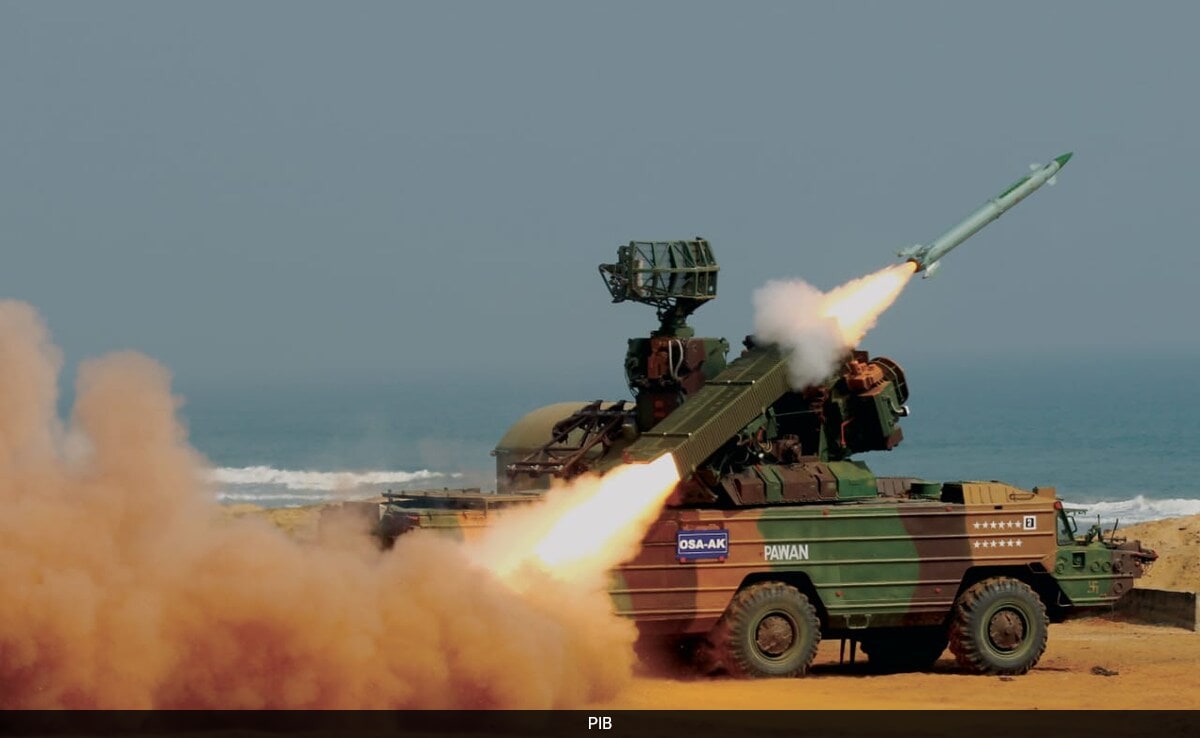- On the intervening night of May 9 and 10, when Pakistan launched drone and missile attacks on Indian military and civilian areas, they met the homegrown impenetrable wall of self-defence called the ‘Akashteer’ system.
- The Akashteer stopped all Pakistani inbound airborne drones, missiles, micro UAVs (unmanned aerial vehicles) and other loitering munitions. It prevented them from entering the Indian airspace. The most disruptive element of Akashteer is its ability to absorb data from multiple feeds – weather, terrain and radar intercepts to make real-time decisions, reroutes missions, and execute attacks autonomously. Pakistan defence experts have said they have never seen anything like this before.
- Akashteer is a completely homegrown product showcasing India’s Atmanirbhar Bharat prowess. Compared to Akashteer, Pakistan’s air defence (AD) network consists of Chinese-origin HQ-9 and HQ-16. They failed to intercept Indian projectiles spectacularly.
- Akashteer is a fully autonomous defence system. It provides a common, real-time picture to all involved parties (control room, radars, and air-defence guns), enabling coordinated AD operations. It is a system designed to automate detection, tracking and engagement of enemy aircraft, drones and missiles.
- The platform integrates radar systems, sensors and communication technologies into a single operational framework. Akashteer gathers data from multiple sources, processes it and allows for automated, real-time engagement decisions.
- It is part of the broader C4ISR (Command, Control, Communications, Computers, Intelligence, Surveillance and Reconnaissance) framework, working in coordination with other systems. Akashteer’s brilliance lies not in brute force but in intelligent warfare. Traditional models of AD rely heavily on ground-based radars, human-monitored systems, and surface-to-air missile batteries triggered by command chains.
- Akashteer breaks that mould as its technology allows for monitoring of low-level airspace in battle areas and efficient control of ground-based AD weapon systems. Akashteer adds a new chapter to India’s strategic doctrine indicating a shift from defensive posturing to proactive retaliation against terror threats.
- Prime Minister Narendra Modi made it clear that India cannot be blackmailed by nuclear-armed Pakistan and, if need be, India would retaliate to root out terrorism from inside their territory. Akashteer’s presence in India’s military assets gives confidence of a clear edge over the terror-sponsoring state’s AD capabilities.
- Experts across the world are now terming Akashteer as “a seismic shift in warfare strategy”. With this. India has joined the elite club of nations with fully automated and integrated AD C&R capability. In one line, Akashteer has demonstrated that it sees, decides, and strikes faster than anything the world has fielded.
- The system is vehicle-based, which makes it mobile and easier to handle in hostile environments. The integration of multiple elements reduces the possibility of friendly fire, enabling quick engagement of hostile targets and guarantees safety to friendly aircraft in contested airspace.
Trending
For Pak, India’s Akashteer System Is A ‘Never Seen Before’ Disruptive Tech
by aweeincm1

Recent Post

“Blind Lust To…”: Omar Abdullah, Mehbooba Mufti’s Spat Over Pak Water Pact
A public spat broke out between Jammu & Kashmir Chief ... Read more

Turkish Aviation Firm Celebi Goes To Court After Centre Revokes Clearance
A day after its security clearance was revoked by the ... Read more

India Pakistan Ceasefire Highlights: IMF Must Rethink Assistance To Pakistan, Says Rajnath Singh
India Pakistan Ceasefire Highlights: India on Friday called on the ... Read more

World Baking Day 2025: 7 Dishes You Can Bake In Just 30 Min To Celebrate
World Baking Day: From sweet to savoury, here are seven ... Read more